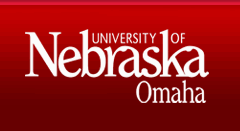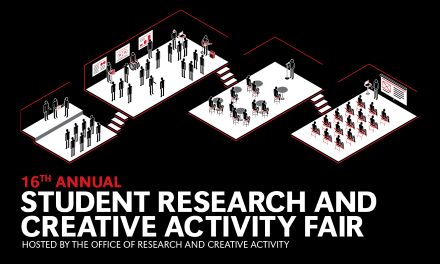Responses of aquatic macroinvertebrate community structure and function to recreation in the Niobrara National Scenic River
Advisor Information
David Manning
Presentation Type
Oral Presentation
Start Date
26-3-2021 12:00 AM
End Date
26-3-2021 12:00 AM
Abstract
The Niobrara River is an important recreational resource in the Great Plains region; however, the impacts of recreation on this river and many others has not been widely studied. The goal of this project is to look at the impacts of recreation on the structure and function of aquatic macroinvertebrate communities. An aquatic macroinvertebrate is a small organism with no internal skeletal system that lives all or part of its life in water. I will take fifty aquatic invertebrate samples over the course of three months (June – August), fifteen samples each month, with five samples at each of the three levels of recreation in the river. I will also take five random, duplicate samples to form a rarefaction curve for subsampling. I will test if recreation has an impact on the structure and function of aquatic macroinvertebrate communities by comparing measures of family diversity, evenness and similarity among sites. I will also compare the abundances of macroinvertebrate functional traits such as feeding relationships, habitat preference, size and voltinism. This study will contribute to our knowledge on macroinvertebrate communities in large, protected rivers that are still impacted by human activities.
Responses of aquatic macroinvertebrate community structure and function to recreation in the Niobrara National Scenic River
The Niobrara River is an important recreational resource in the Great Plains region; however, the impacts of recreation on this river and many others has not been widely studied. The goal of this project is to look at the impacts of recreation on the structure and function of aquatic macroinvertebrate communities. An aquatic macroinvertebrate is a small organism with no internal skeletal system that lives all or part of its life in water. I will take fifty aquatic invertebrate samples over the course of three months (June – August), fifteen samples each month, with five samples at each of the three levels of recreation in the river. I will also take five random, duplicate samples to form a rarefaction curve for subsampling. I will test if recreation has an impact on the structure and function of aquatic macroinvertebrate communities by comparing measures of family diversity, evenness and similarity among sites. I will also compare the abundances of macroinvertebrate functional traits such as feeding relationships, habitat preference, size and voltinism. This study will contribute to our knowledge on macroinvertebrate communities in large, protected rivers that are still impacted by human activities.

